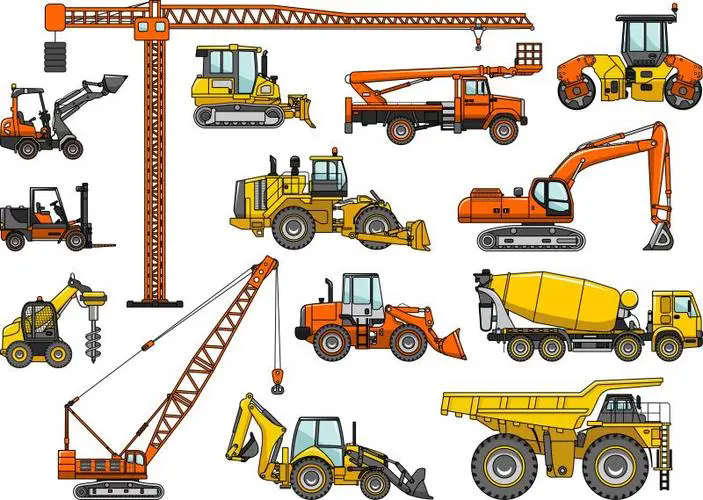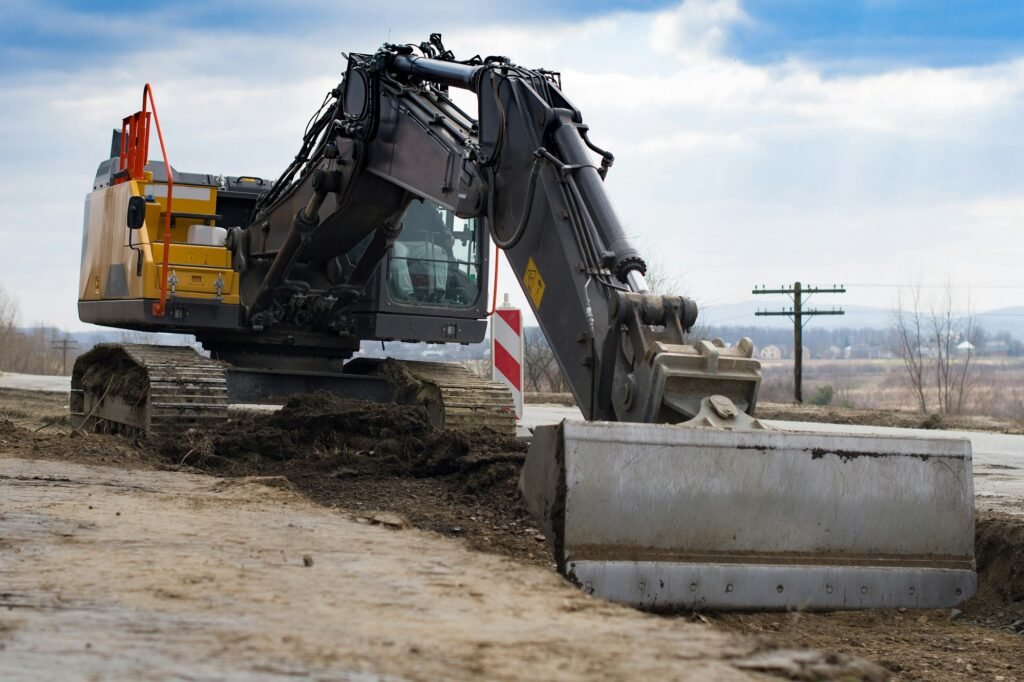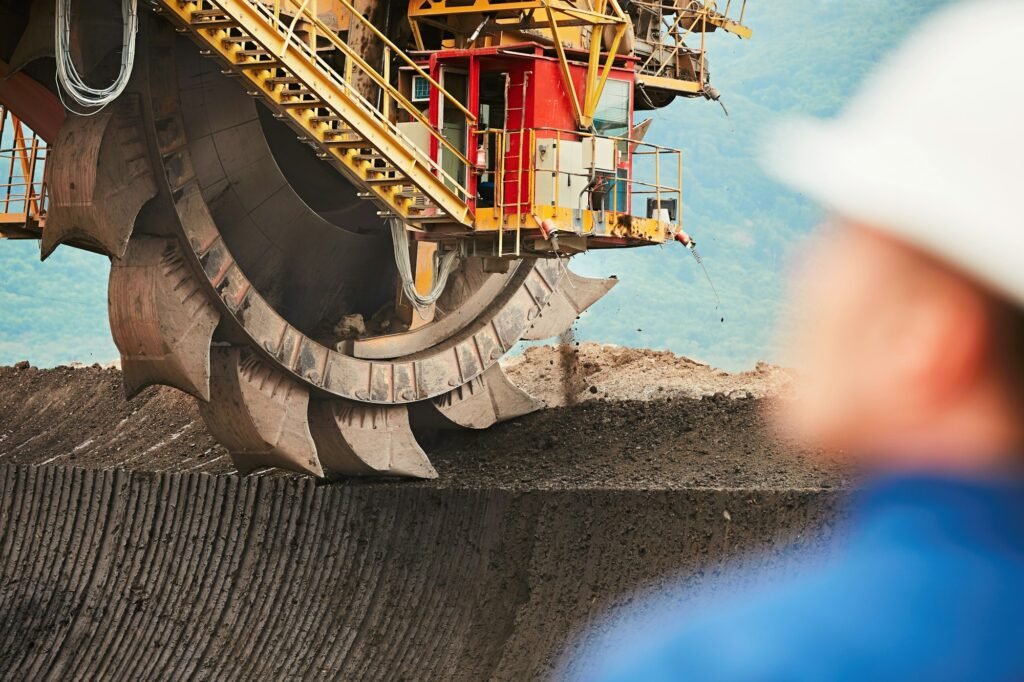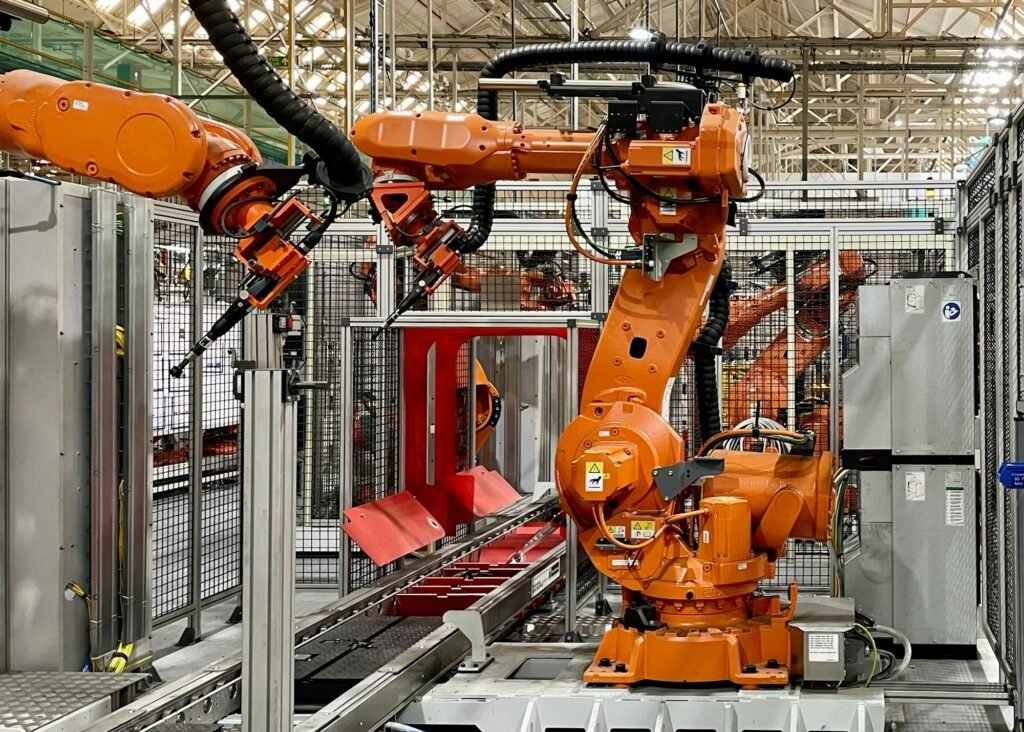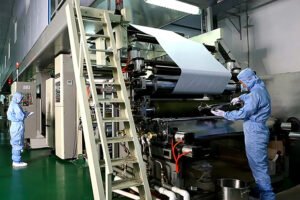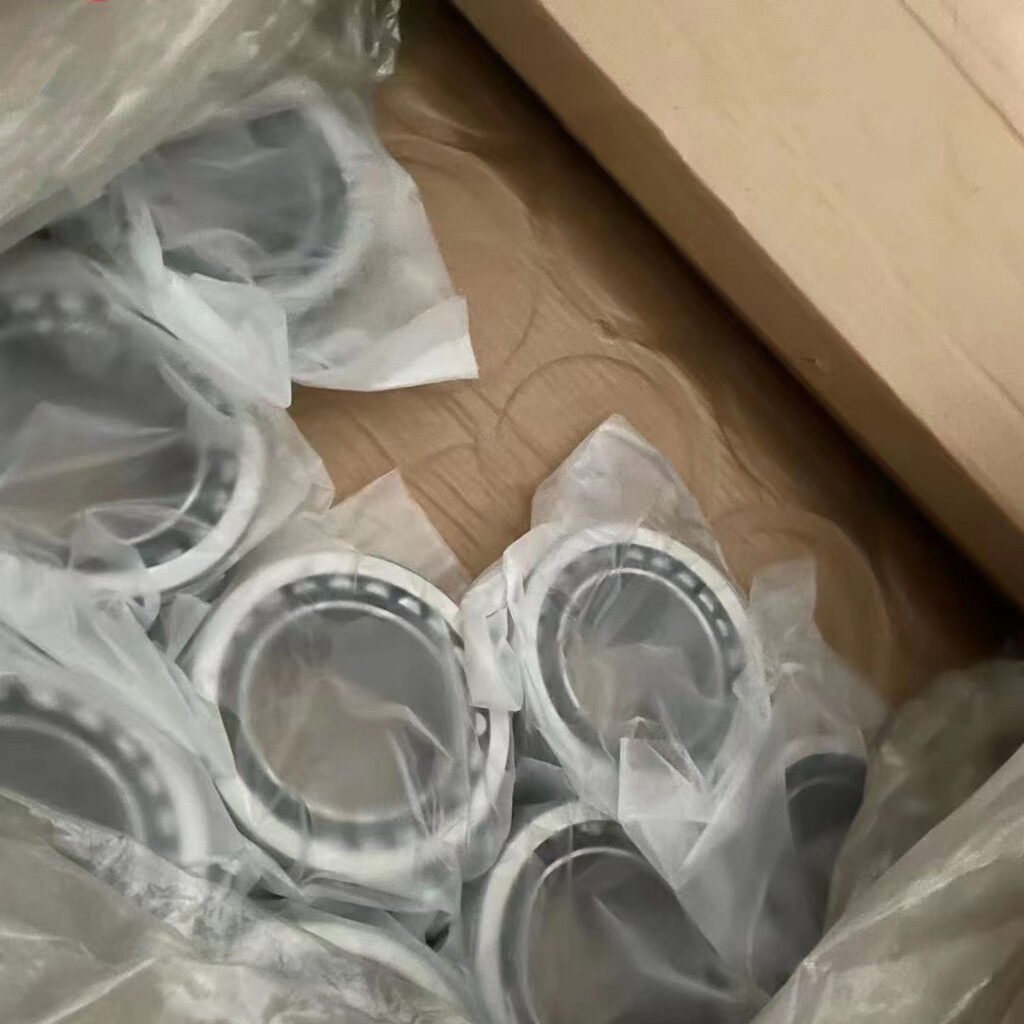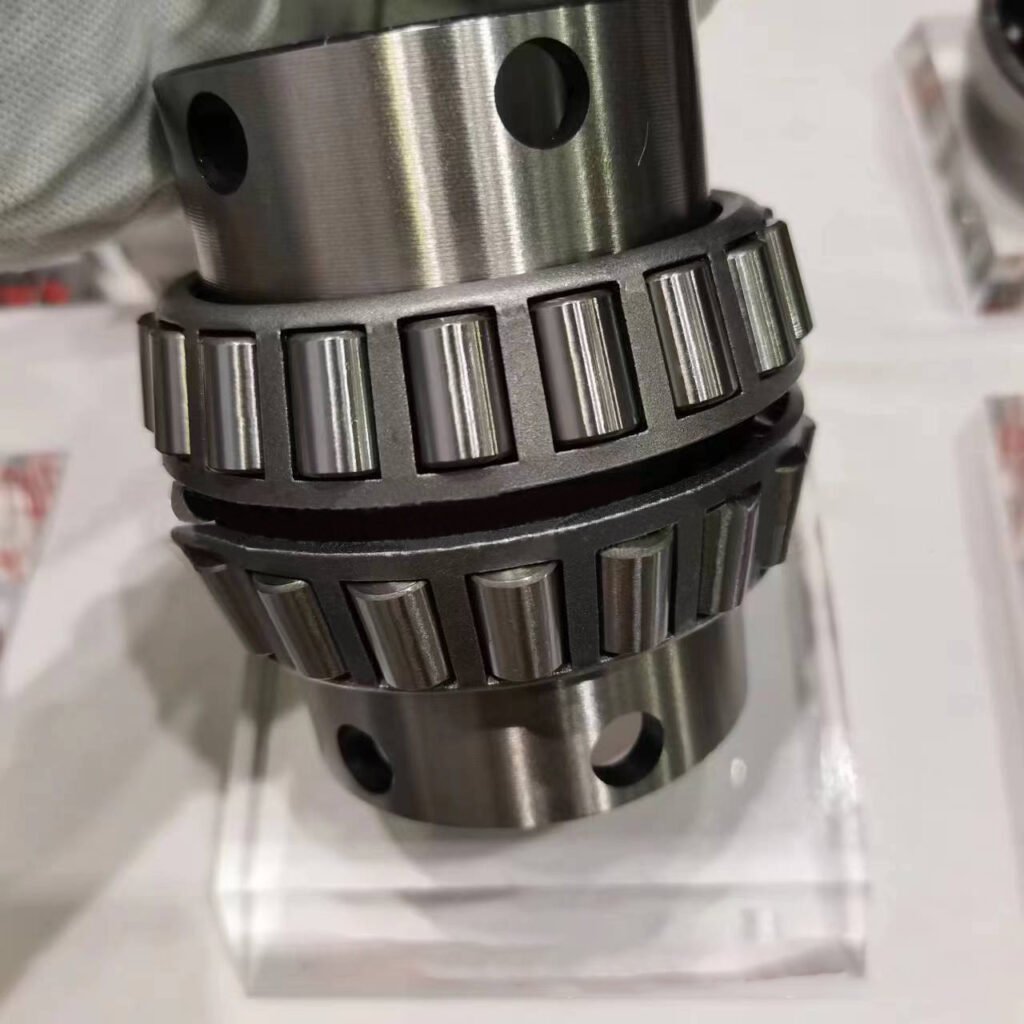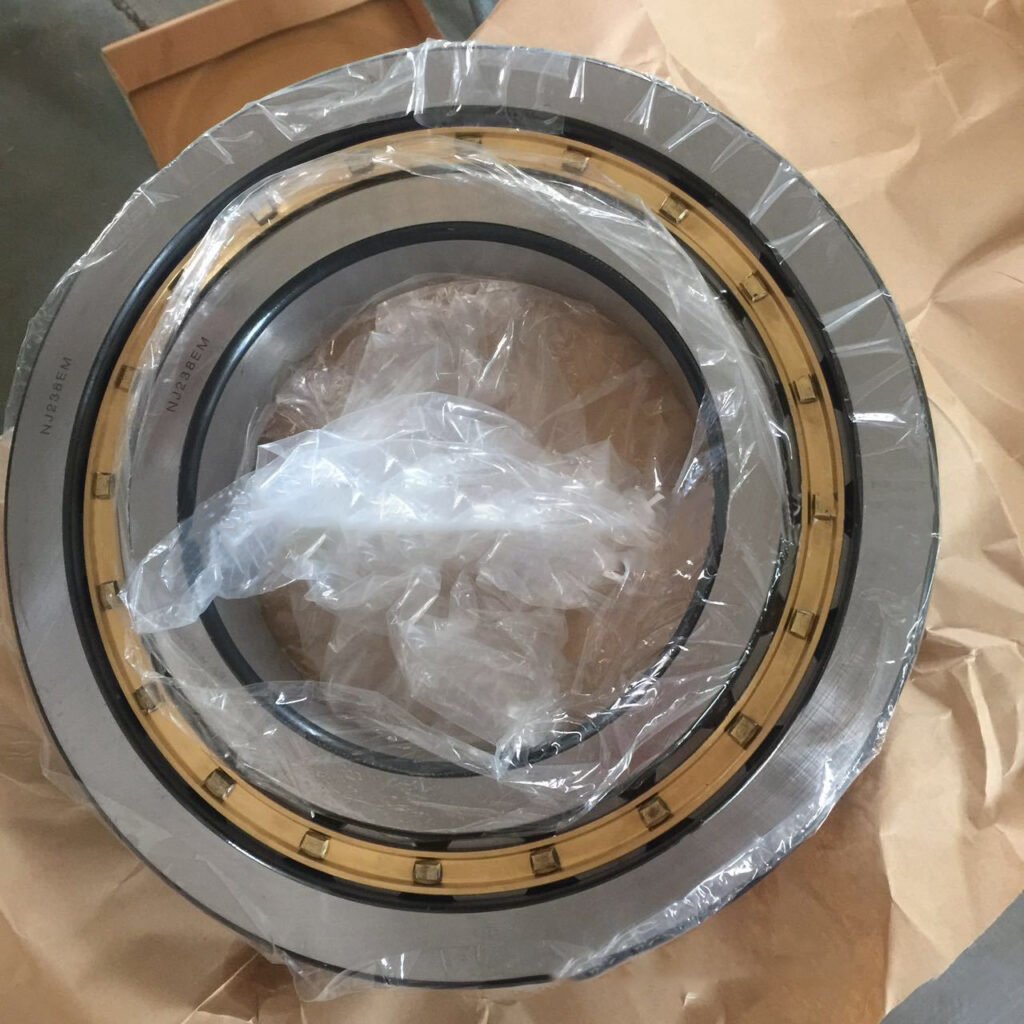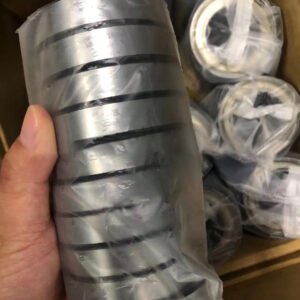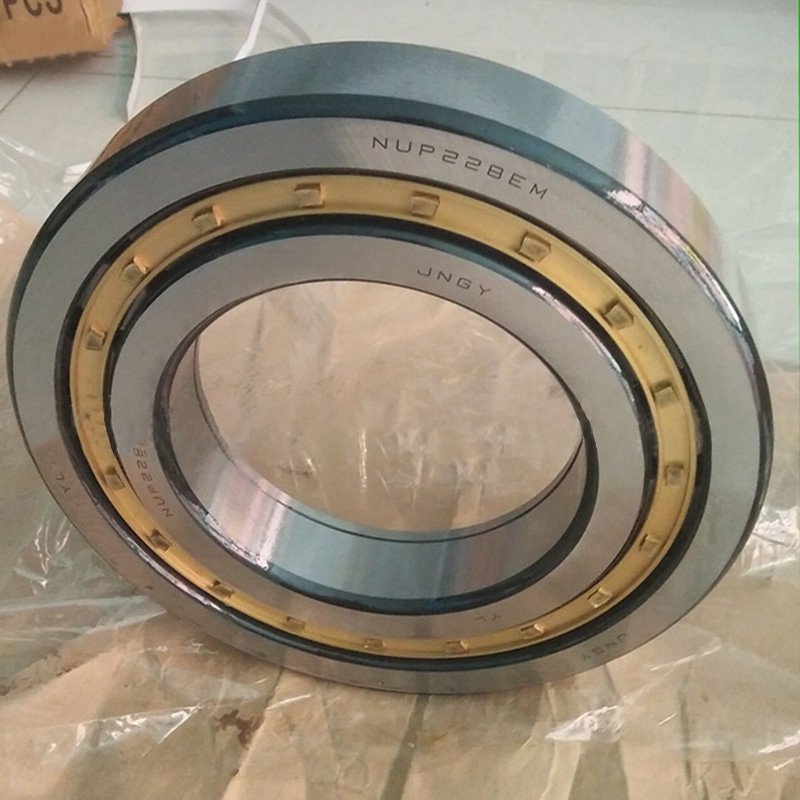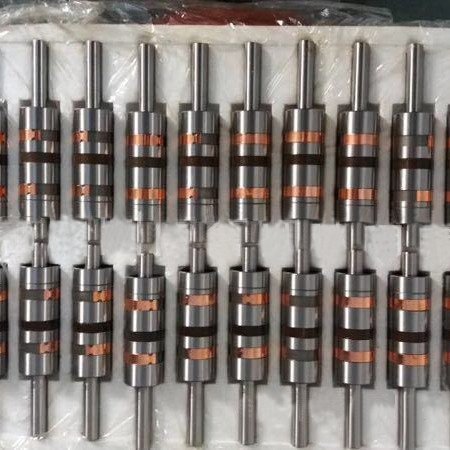In modern industry, bearings are often considered small components — but their role is absolutely critical. Bearings support rotational or linear movement and reduce friction between moving parts, making them indispensable in almost every type of mechanical equipment.
However, even the best-engineered bearings cannot escape the laws of wear and fatigue. Understanding the stages of bearing failure, along with their causes, symptoms, and prevention methods, is not only essential for maintenance teams but also for procurement managers, designers, and equipment manufacturers who want to minimize downtime and operational costs.
As a precision bearing manufacturer, our bearing application engineer Maxwell will introduce the three stages of bearing failure and preventive measures in detail in this article.
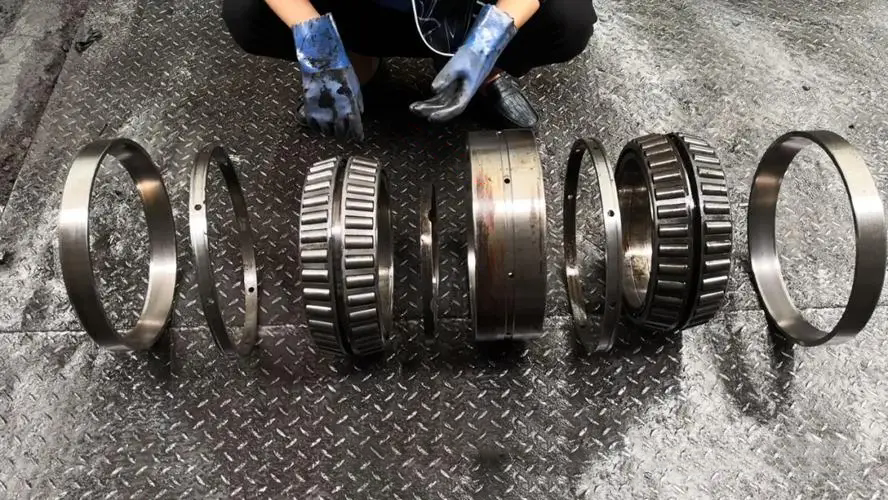
Stage 1: Initial Degradation — The Invisible Threat
Characteristics:
In the earliest stage of bearing failure, the signs are often subtle and easily overlooked. During this period, physical damage is not always visible to the naked eye, but microscopic wear processes have already begun.
Slight increase in temperature beyond ambient levels.
Unusual acoustic phenomena such as faint ticking or humming.
Lubrication discoloration or early contamination.
Microscopic pitting or surface fatigue detectable by ultrasonic inspection.
Common Causes:
Improper Installation: Misalignment, incorrect mounting force, or the use of hammers instead of a hydraulic press can deform the raceways or rolling elements.
Contamination: Fine dust, metal particles, or moisture can enter the bearing either during storage, installation, or early operation, initiating surface wear and pitting.
Inadequate Lubrication: Incorrect lubricant selection, insufficient lubrication volume, or improper greasing intervals can cause metal-to-metal contact.
Quantitative Indicators:
| Phenomenon | Normal Range | Warning Level | Action |
| Bearing Temperature | Ambient +10~30°C | Above Ambient +40°C | Verify lubrication and alignment |
| Vibration Acceleration | ≤ 2.8 mm/s RMS | ≥ 4.5 mm/s RMS | Inspect for early mounting errors or contamination |
| Lubricant Cleanliness (ISO 4406) | 18/16/13 or cleaner | 20/18/15 or higher | Replace lubricant and inspect environment |
Real-World Case:
Industry: HVAC Systems
Scenario: A European air conditioning factory emailed us saying that the fan motors had been failing repeatedly before shipment. A thermal scan revealed bearing temperatures exceeding +40°C.
Our after-sales engineer contacted them immediately, and from their problem description and the pictures they provided, we quickly found the cause.
Root Cause: Assembly-line workers used improper tools (steel hammers) during mounting, which caused micro-brinelling on the raceways. These defects evolved into surface cracks during test runs.
Subsequently, under our guidance, the air-conditioning factory quickly resolved the bearing failure, and we gave a final solution to the problem.
Solution: The factory transitioned to hydraulic mounting tools and implemented training for assembly staff. Warranty returns for this fault dropped by 90% post-implementation.
Prevention:
Use precision press tools for installation.
Store bearings in dry, contamination-free environments.
Apply the correct type and volume of lubrication.
Conduct vibration and ultrasonic inspections at initial startup.
Stage 2: Progressive Wear — The Point of No Return
Characteristics:
At this stage, the initial damage deepens, affecting performance. Components visibly start degrading, and operational symptoms become impossible to ignore.
Sharp increases in operational noise and vibration.
Lubricant degradation, with metal shavings detectable in oil or grease samples.
Development of surface flaking, pitting, and subsurface cracks.
Temperature fluctuations during operation.
Common Causes:
Lubrication Failure:
Old, contaminated, or chemically broken-down lubricants lose their protective film, leading to direct contact between rolling elements and raceways.
Fatigue Stress:
Operating the bearing under loads or speeds beyond its rated design leads to subsurface cracks. These cracks migrate to the surface and cause flaking or spalling.
Misalignment & Overload:
Even a few degrees of misalignment or unexpected radial or axial load spikes can accelerate wear exponentially.
Quantitative Indicators:
| Phenomenon | Normal Range | Warning Level | Action |
| Bearing Temperature | Ambient +10~30°C | Exceeds 70~80°C | Inspect load, lubrication, and alignment |
| Vibration Acceleration | ≤ 2.8 mm/s RMS | ≥ 7.1 mm/s RMS | Immediate inspection for spalling and surface cracks |
| Shaft Runout | ≤ 0.01 mm | ≥ 0.03 mm | Check shaft concentricity and housing fit |
| Lubricant Metal Content | < 30 ppm | > 100 ppm | Replace bearing immediately |
Real-World Case:
Industry: Wind Power Generation
Scenario: A German client contacted us for help with an unexpected gearbox failure at a coastal wind farm 14 months after installation.
Although the failed bearing was not produced by our company, we still arranged for European engineers to go to the wind farm to inspect the cause based on the address provided by the customer.
Root Cause: The bearings exhibited severe pitting due to insufficient lubrication and overload stress during storm conditions, which were not covered in the design’s load safety margin.
Solution: Switched to synthetic water-resistant grease and integrated vibration-based predictive maintenance, reducing unexpected failures by 95% in the following year.
Prevention Strategy:
Implement a scheduled lubrication program based on operating conditions, not just operating hours.
Use predictive maintenance tools like vibration analysis, oil particle monitoring, and thermography.
Ensure machine alignment is checked after each disassembly or equipment relocation.
Design for load safety margins beyond the average operating load.
Stage 3: Catastrophic Failure — The End Game
Characteristics:
When early-stage damage is ignored, and preventive actions are skipped, catastrophic failure becomes inevitable. The bearing’s mechanical integrity collapses.
Extreme noise (grinding or knocking).
Sharp spikes in operating temperature.
Complete bearing seizure or disintegration.
Rolling element and cage fragmentation.
Common Causes:
Extended Overload:
Operating under sustained, excessive load beyond the bearing’s rated capacity causes plastic deformation, cracking, and ultimately shattering.
Complete Lubrication Loss:
If the lubricant evaporates, leaks, or degrades completely, metal-on-metal contact escalates heat and wear to a destructive level.
Contamination Build-Up:
Unchecked ingress of water, sand, or metal shavings can trigger accelerated corrosion and pitting, leading to sudden and complete failure.
Quantitative Indicators:
| Phenomenon | Normal Range | Failure Threshold | Result |
| Bearing Temperature | Ambient +10~30°C | Exceeds 90~100°C | Lubrication breakdown and seizure risk |
| Vibration Acceleration | ≤ 2.8 mm/s RMS | ≥ 10~15 mm/s RMS | Imminent collapse of bearing components |
| Cage or Rolling Element Condition | No deformation | Visible breakage | Total shutdown required |
| Shaft Displacement | ≤ 0.01 mm | ≥ 0.05 mm | Shaft misalignment and damage risk |
Real-World Case:
Industry: Steel Manufacturing
Scenario: A rolling mill in India reported to us that their work-roll bearing failed, resulting in a three-day production stoppage and damage to peripheral systems.
Root Cause: Lubricant starvation caused by a blocked auto-lubrication system led to overheating. The bearing cage fractured, resulting in shaft seizure.
Solution: Introduced real-time lubrication flow monitoring and set automatic shutdown protocols for abnormal readings.
Prevention:
Employ real-time monitoring systems for critical bearings.
Schedule timely lubricant analysis and system audits.
Replace bearings before exceeding calculated fatigue limits.
Train staff in early fault detection techniques.
Conclusion
Bearing failure is one of the most common — yet entirely preventable — causes of equipment downtime in industrial operations. By understanding the three critical stages of failure, from silent early degradation to catastrophic collapse, businesses can transform their maintenance culture from reactive firefighting to proactive asset protection.
behind every breakdown lies a series of overlooked warning signs. The companies that succeed in today’s competitive landscape are those that treat bearings not as consumables, but as strategic components in their operational ecosystem.
When precision installation, effective lubrication, and predictive monitoring become standard practice, downtime is minimized, costs are controlled, and production reliability reaches new heights.
Prevention Is Not an Option — It’s a Strategy

